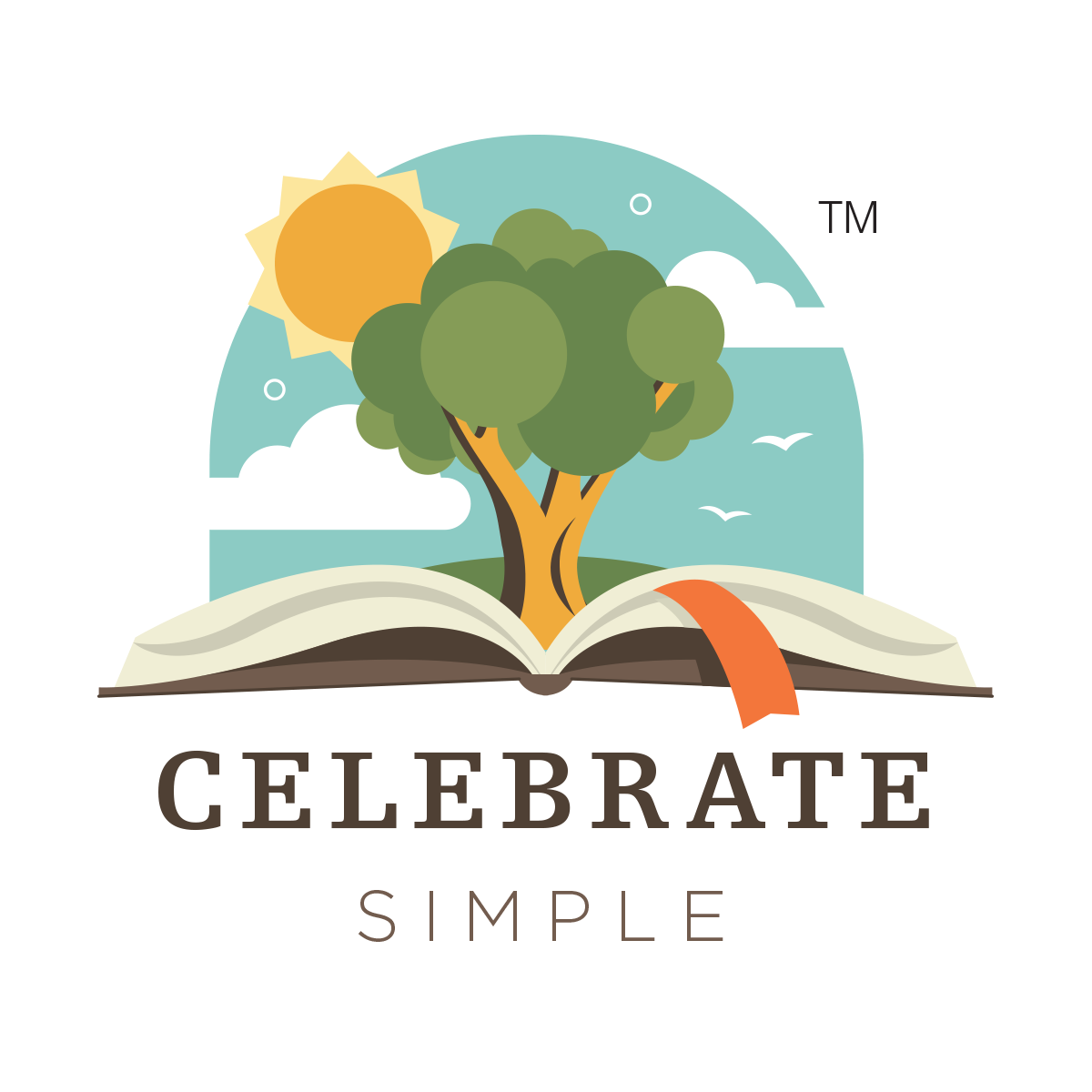Picture Pie: Fractions, Art and Fun!
/One of our favorite picture books related to fractions is Picture Pie by Ed Emberley.
Learners often use fractions and dread in the same sentence.
It doesn't have to be so.
Picture Pie by Ed Emberley allows fractions and fun to partner for intentional learning and retention.
My children found the circle cutter in the scrapbooking cabinet, the one that hadn't been opened for quite some time. One child carried the circle cutter. Another carried twelve bright-colored sheets of construction paper. Each raced to the kitchen table, inspired by Ed Emberley's book.
Within minutes, piles of rainbow-colored circles grew on the table. Elmer's glue flowed, spurted, then sputtered from orange tops as contents were drained.
The results. Folds. Fractions. Art.
Mastered.
What we did?
Read the explanations and looked at Ed Emberley's collage work.
I explained fractions are parts of a whole. The bottom number is the denominator. It tells how many total parts are in the whole. The top number is the numerator. It represents a specific part of the whole.
Each child selected one paper circle from the circle piles and followed directions to fold the circle in half—two equal parts. Together, we unfolded and cut along the fold line. I had each child write the fraction 1/2 on each semicircle.
I encouraged the learners to select more paper circles to fold and cut into two equal parts. I demonstrated how each half circle could be folded in half again, making four equal parts. I labeled each part with the fraction 1/4.
I allowed time for experimental folding, cutting and creating. WOW! Creative. Fraction. Fun.
One child suggested using printed papers and aluminum foil.
At the end of the afternoon, I offered our magnetic circle set, demonstrating equivalent fractions by laying pieces on top of one another. For example, I modeled how two 1/4 pieces fit on top of one 1/2 piece with no edges extending over, making the statement 2/4 = 1/2.
My learners not only understood fractional parts and equivalent fractions, they applied what they learned to create amazing art--an all-around WIN WIN WIN for fraction, fun and art. And we learned together!













































